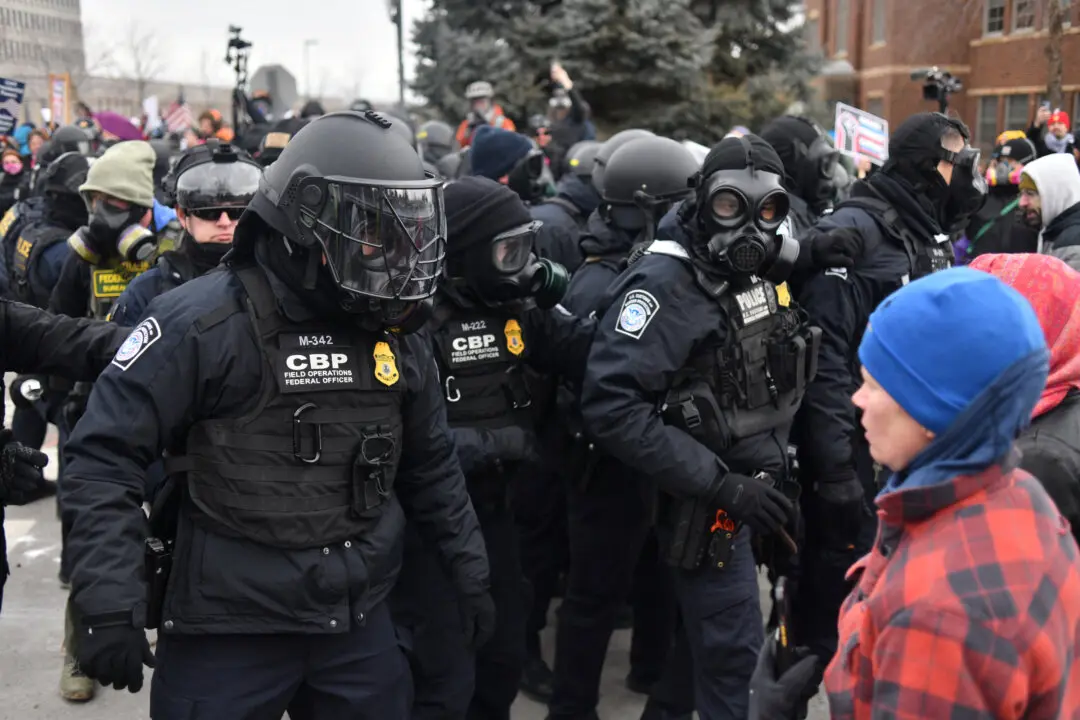The primary terrorist threat inside the United States stems from violent extremists, the Department of Homeland Security (DHS) said in its first-ever “Homeland Threat Assessment.”
DHS officials said part of the primary threat are domestic violent extremists, or people operating primarily within the U.S. without direction or inspiration from foreign terrorist groups or other foreign powers, and homegrown violent extremists, or a person of any citizenship who has lived and/or operated primarily in the United States and who advocates, is engaged in, or is preparing to engage in ideologically-motivated terrorist activities.





